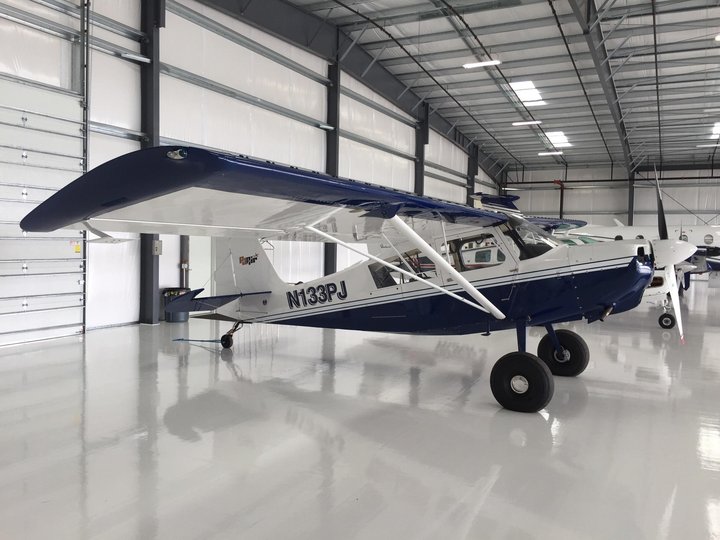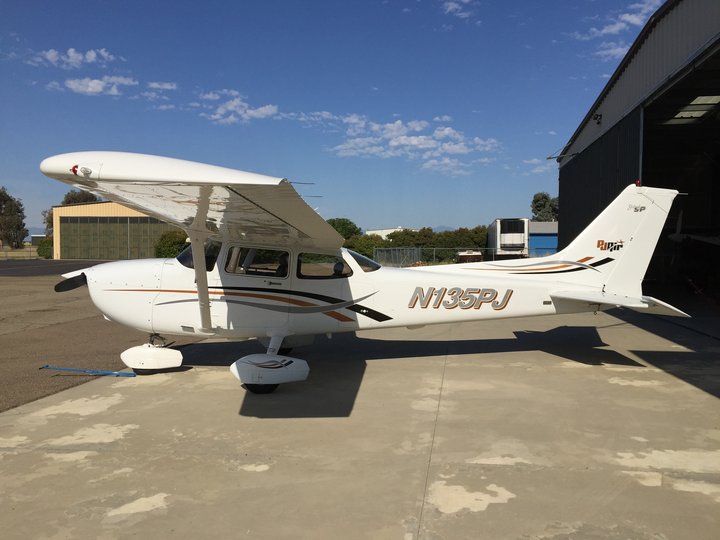Press release from PG&E:
Pacific Gas and Electric Company (PG&E) has begun daily aerial fire detection patrols across thousands of miles of its service area. This is the sixth year for these patrols which assist the U.S. Forest Service, CAL FIRE and local fire agencies with early fire detection and response. Early detection of smoke or fire allows fire agencies to quickly respond to accurate locations.
“Given the continued and growing threat of extreme weather and wildfires, we are committed to further reduce wildfire risks and help keep our customers and the communities we serve safe.
Early detection with these patrols can give first responders the critical window of time to quickly contain wildfires,” said Sumeet Singh, PG&E vice president of the Community Wildfire Safety Program.
The patrols began on June 1 and will run until October 31 or later, depending upon conditions. Seven planes will fly daily routes from late afternoon until dusk, the time of day when wildfires are most likely to start.
Using fixed-wing aircraft, fire spotters will operate along these routes:
- Redding to Auburn in the Northern Sierra
- Auburn to Sonora in the Central Sierra
- Sonora to Porterville in the Southern Sierra
- Redding to Humboldt to Lake County
- Vacaville to Solvang near the coast
- Redding to Hoopa to McArthur (Siskiyou County and northeastern Shasta County)
- Mendocino County
The patrols are coordinated through PG&E’s aerial operations. The Mendocino County route is co-funded by PG&E and run by the Mendocino County Aerial Fire Patrol Co-Operative. The Co-Op patrol began June 15 and will run through October 15 or later, depending upon conditions.
In 2018, PG&E patrols identified a total of 209 fires, 10 of which were first reports. The patrols totaled more than 5,200 flight hours. PG&E began operating the aerial patrols in 2014, after the governor issued a drought emergency declaration. PG&E has continued the patrols because of the scale of tree mortality and the significant increase of fire risk in California.
The aerial patrols are just one tool that PG&E utilizes to reduce the risk of wildfires. Our Community Wildfire Safety Program includes enhanced inspections of electric infrastructure in high fire-risk areas; the installation of weather stations and high-definition cameras to increase situational awareness; the operation of a 24/7 Wildfire Safety Operations Center; and other actions described in our Wildfire Safety Plan.
###

N133PJ!

N135PJ!
CLICK TO MANAGE